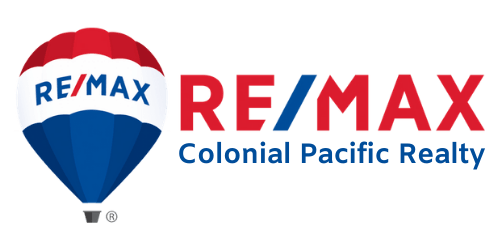Getting Started with Elementary Education
WRITTEN BY JEANINE MATLOW
As a parent, it’s natural to want what’s best for your child—especially where his or her educational enrollment is concerned. When it comes to the classroom, selecting the best learning environment can be a challenge. Before you determine which type of schooling best suits your student and your family, it’s important to educate yourself on the options.
First, it helps to weigh the pros and cons of each classroom style. Although there are countless different styles around the globe and across cultures, there are a handful of traditional options in the West. Get started with this simplified roundup of everything from public schools to Reggio Emilia to get you started on the process that puts your child on the road to success.
PUBLIC SCHOOL
Public schools are open to almost all potential students. They are funded by local taxes, which means they are often the most affordable approach for families. If there is a lack of funding, schools may be missing essentials, have crowded classrooms, or be unable to accommodate children with special needs.
Geographic boundaries determine which schools students attend; keep in mind that they can be reconfigured over time, so a specific district may not always align with your residence. On the plus side, you’ll find certified teachers, state regulations, extracurricular activities, and classmates that live in the same community.
CHARTER SCHOOL
In general, charter schools try to do things differently. One may focus on the arts while others emphasize math and science or online learning. Charters are expected to show results, such as academic progress. Although they are alternative, they are still public, so, they’re required to participate in state testing and district testing if they belong to a county school district.
Because charters are more independent than traditional public schools, they can be flexible to meet the needs of the students. They also tend to attract quality certified teachers. On the downside, some charter schools may not offer many sports or extracurricular activities. Other points to consider may include lack of transportation, attendance requirements, school uniforms, and mandatory volunteer hours for parents.
MONTESSORI METHOD
Another way of learning involves the Montessori Method, which follows the pace of each child while allowing them to choose their individual interests. This type of environment typically features activity stations for learning where children get to interact with classmates of varying ages. Other elements include teachers that move from one group to the next and a nontraditional grading system.
Montessori can be costly, and the lack of structure may not be right for everyone. If your child thrives with routine and more controlled guidelines, this style might not be for him or her. It’s also important to consider what the transition from Montessori to another classroom will be like when your student gets older. (There are only a handful of Montessori high schools.)
REGGIO EMILIA APPROACH
Originating in Italy in the 1940s, the Reggio Emilia approach is a student-centered philosophy that makes parents, teachers, and children collaborators in the child’s learning initiative. This global educational project has inspired schools around the world to focus on the participation of family and staff along with the significance of the environment and the child’s daily experience.
Reggio Emilia is used to teach children how to work together on a project. Like the Montessori Method, it taps into the interests of the individual child who becomes an active participant in the learning process. Most Reggio classrooms include a studio filled with materials that support hands-on learning with an emphasis on documentation, such as digital pictures and journals. The fact that there is no set curriculum, which can potentially result in missed attention on academic basics, can pose a challenge to some teachers and students. Cost can be a deterrent factor, too.
FIRST-CLASS
Because personalities vary, some parents decide to enroll siblings with different interests in separate educational settings. Often a child’s likes and dislikes along with strengths and weaknesses begin to reveal themselves from an early age, which can help guide you through the selection process.
If you’re still feeling a bit unsure about your child’s education, ask other parents about their personal experiences and combine online research with onsite visits to get a feel for what’s available in your neighborhood. Remember that whatever path you take can always be changed along the way if your education selection isn’t a good fit. Sometimes the best way to proceed is through a little trial and error while taking cues from your student, who may teach you more along the way than you ever imagined.



